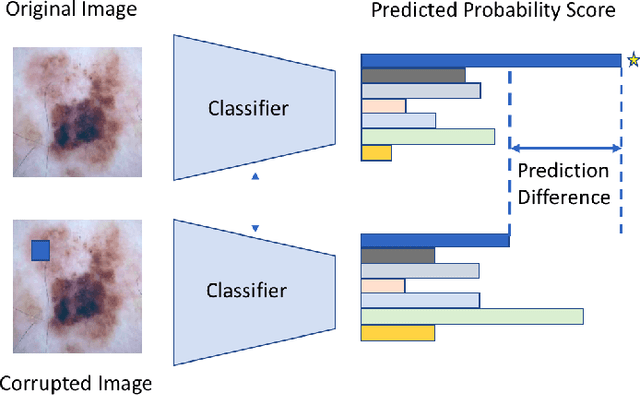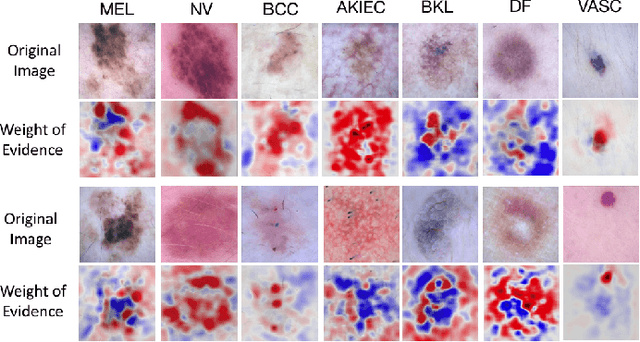Hongda Jiang
Examining the Role of Relationship Alignment in Large Language Models
Oct 02, 2024Abstract:The rapid development and deployment of Generative AI in social settings raise important questions about how to optimally personalize them for users while maintaining accuracy and realism. Based on a Facebook public post-comment dataset, this study evaluates the ability of Llama 3.0 (70B) to predict the semantic tones across different combinations of a commenter's and poster's gender, age, and friendship closeness and to replicate these differences in LLM-generated comments. The study consists of two parts: Part I assesses differences in semantic tones across social relationship categories, and Part II examines the similarity between comments generated by Llama 3.0 (70B) and human comments from Part I given public Facebook posts as input. Part I results show that including social relationship information improves the ability of a model to predict the semantic tone of human comments. However, Part II results show that even without including social context information in the prompt, LLM-generated comments and human comments are equally sensitive to social context, suggesting that LLMs can comprehend semantics from the original post alone. When we include all social relationship information in the prompt, the similarity between human comments and LLM-generated comments decreases. This inconsistency may occur because LLMs did not include social context information as part of their training data. Together these results demonstrate the ability of LLMs to comprehend semantics from the original post and respond similarly to human comments, but also highlights their limitations in generalizing personalized comments through prompting alone.
What evidence does deep learning model use to classify Skin Lesions?
Nov 02, 2018



Abstract:Melanoma is a type of skin cancer with the most rapidly increasing incidence. Early detection of melanoma using dermoscopy images significantly increases patients' survival rate. However, accurately classifying skin lesions, especially in the early stage, is extremely challenging via dermatologists' observation. Hence, the discovery of reliable biomarkers for melanoma diagnosis will be meaningful. Recent years, deep learning empowered computer-assisted diagnosis has been shown its value in medical imaging-based decision making. However, lots of research focus on improving disease detection accuracy but not exploring the evidence of pathology. In this paper, we propose a method to interpret the deep learning classification findings. Firstly, we propose an accurate neural network architecture to classify skin lesion. Secondly, we utilize a prediction difference analysis method that examining each patch on the image through patch wised corrupting for detecting the biomarkers. Lastly, we validate that our biomarker findings are corresponding to the patterns in the literature. The findings might be significant to guide clinical diagnosis.
 Add to Chrome
Add to Chrome Add to Firefox
Add to Firefox Add to Edge
Add to Edge